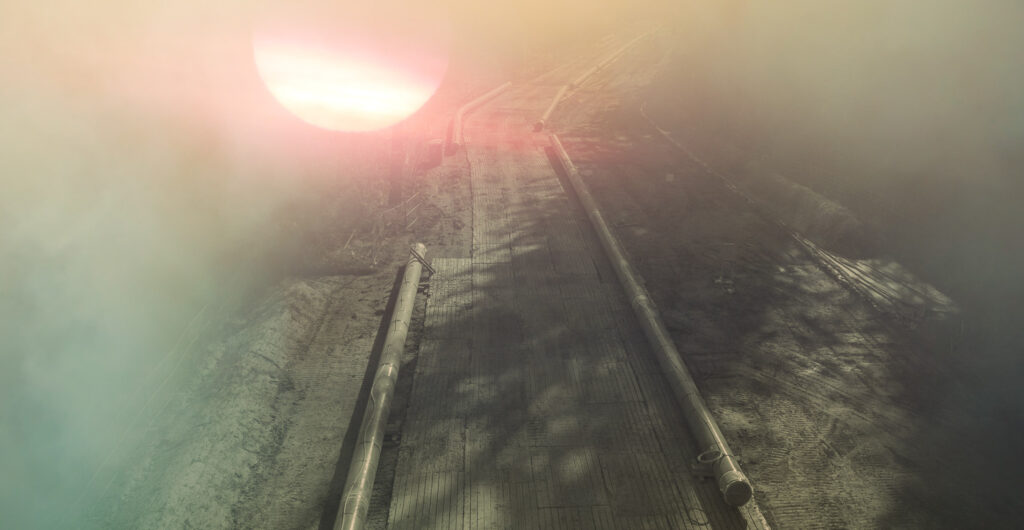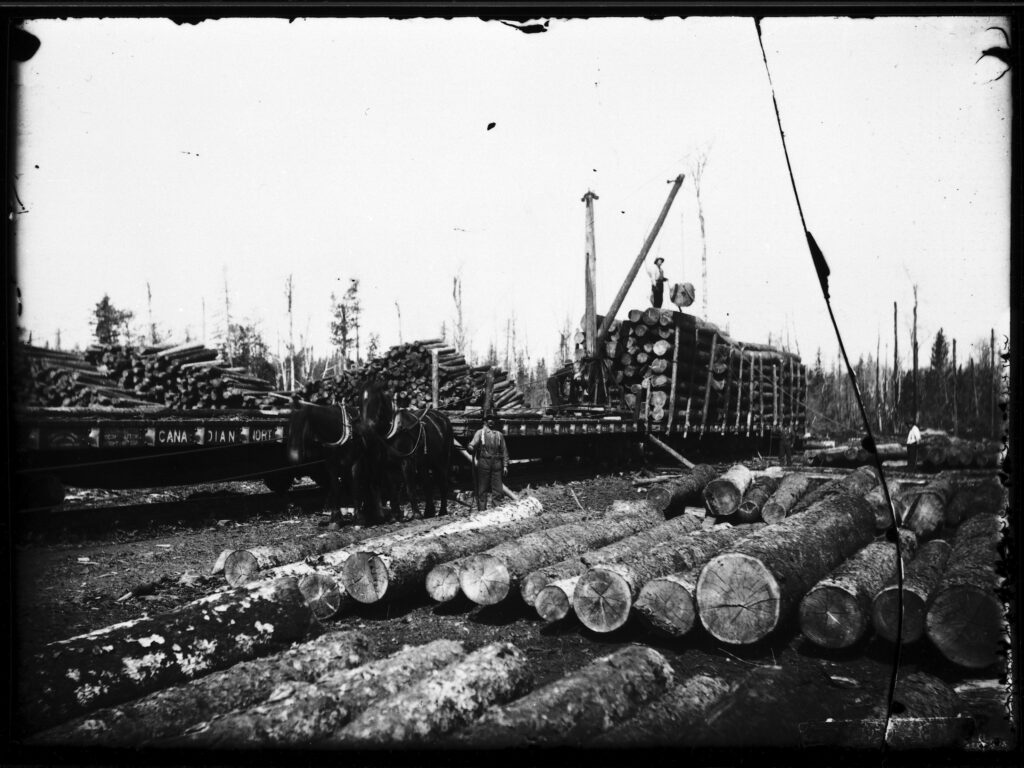Even though Trans Mountain recently estimated the wildfire risk to its pipeline running through Jasper National Park is “low,” crews were fighting to protect it in this week’s wildfires in the park.
“Canadian wildfire reaches Jasper, firefighters battle to protect oil pipeline,” said a Reuters headline.
Parks Canada confirmed in a social media post on Wednesday evening it is protecting “critical infrastructure” from the out-of-control wildfire. It listed examples such as the town’s hospital, wastewater treatment facility and parts of Trans Mountain, a 1,150-kilometre pipeline system that transports both crude oil and refined petroleum products from Edmonton to refineries and export terminals on the B.C. and Washington State coasts. The portion that runs through the park was twinned in 2008.
“Structural firefighters remain in the town and are working to save as many structures as possible, and to protect critical infrastructure. … Firefighters are en route to the town of Jasper as we speak,” Pierre Martel, director of the national fire management program at Parks Canada, said in a wildfire update on Thursday afternoon. Officials did not provide details on how many resources were used to protect the Trans Mountain pipeline.
Deciding which fires to fight, how many resources to put toward them or what to prioritize depends on what are known as the “values at risk.” Homes, businesses and campgrounds are all values, as is infrastructure, including oil and gas infrastructure.
Parks Canada did not respond to emails and calls from The Narwhal by publication time.
Trans Mountain, purchased by the federal government in 2018, put out a statement on its website on Thursday saying the pipeline is still operational.
“We continue to work with the Town of Jasper and Jasper National Park to safely monitor the pipeline. At this time there is no indication of damage to our infrastructure, and the pipelines continue to operate safely,” the statement read.
“To ensure we are supporting local emergency services, we are using our own firefighting equipment that was placed in Jasper and bringing in water to supply our equipment and continue to deploy our sprinkler system to protect our facilities,” the statement also said.
Wildfire risks ‘low’ for pipeline in Jasper: Trans Mountain report
Trans Mountain maintains that wildfire risks to its pipeline, which was first built in 1951, remain low.
According to the corporation’s 2023 environmental, social and governance report, the pipeline was rated on a zero to 10 risk scale, with 10 being the lowest risk. The length of the pipeline running through Jasper National Park was rated an eight for wildfire risks, indicating a low risk.
“Our pipeline is buried, therefore the potential impact to our assets from wildfires or forest fires is relatively low across the full route,” the report said.
It also noted, “We protect our above-ground assets (storage terminals and pump stations) through procedures, training, detailed wildfire response planning and by maintaining an inventory of response equipment.”
It was unclear why the pipeline was prioritized for protection when the overall wildfire risk to the pipeline was rated as low.
Trans Mountain declined an interview with The Narwhal and instead provided a link to its Thursday statement.
Can a wildfire affect a pipeline buried underground?
While the Trans Mountain Pipeline is buried underground, some academics suggest there are still wildfire risks.
A study published in 2018 suggests the bitumen that flows through oil and gas pipelines is highly flammable and may have dangerous environmental impacts if ignited by a wildfire. This is because of diluent — used to dilute bitumen so it can flow easily through pipelines — and natural gas used to heat the bitumen at oilsands facilities and generate power at plants.
“Both the natural gas and diluent can pose high risks if exposed to fire, though the pipes carrying them are usually buried underground,” researchers wrote.
However, according to pipeline expert Ron Hugo, the risks are still fairly low.
Hugo, a professor at the University of Calgary’s Schulich School of Engineering, said wildfires heat the soil around the pipeline, transferring heat to the bitumen inside. But the temperature rise would likely be negligible, he said in an interview.
The pipeline is not an oxygen-rich environment, making explosions unlikely, he added.
“I don’t think it would be much of a concern,” Hugo told The Narwhal. “The fire is moving so quickly that the temperature rise below the surface is very, very small. And by very, very small it means it will be hard to measure.”
Though the pipeline itself is buried, some infrastructure is above ground, including pump stations — facilities that increase the pressure and flow rate in the pipeline. There is at least one pump station in Jasper. Sections of the pipe that could not be buried, say to cross a river, may also be above ground.
Hugo said above-ground infrastructure, like pump stations, has protections such as large yards free from flammable organic materials.
“All of those things, including assessing and protecting infrastructure, makes [the above-ground infrastructure] low-risk,” he said.


